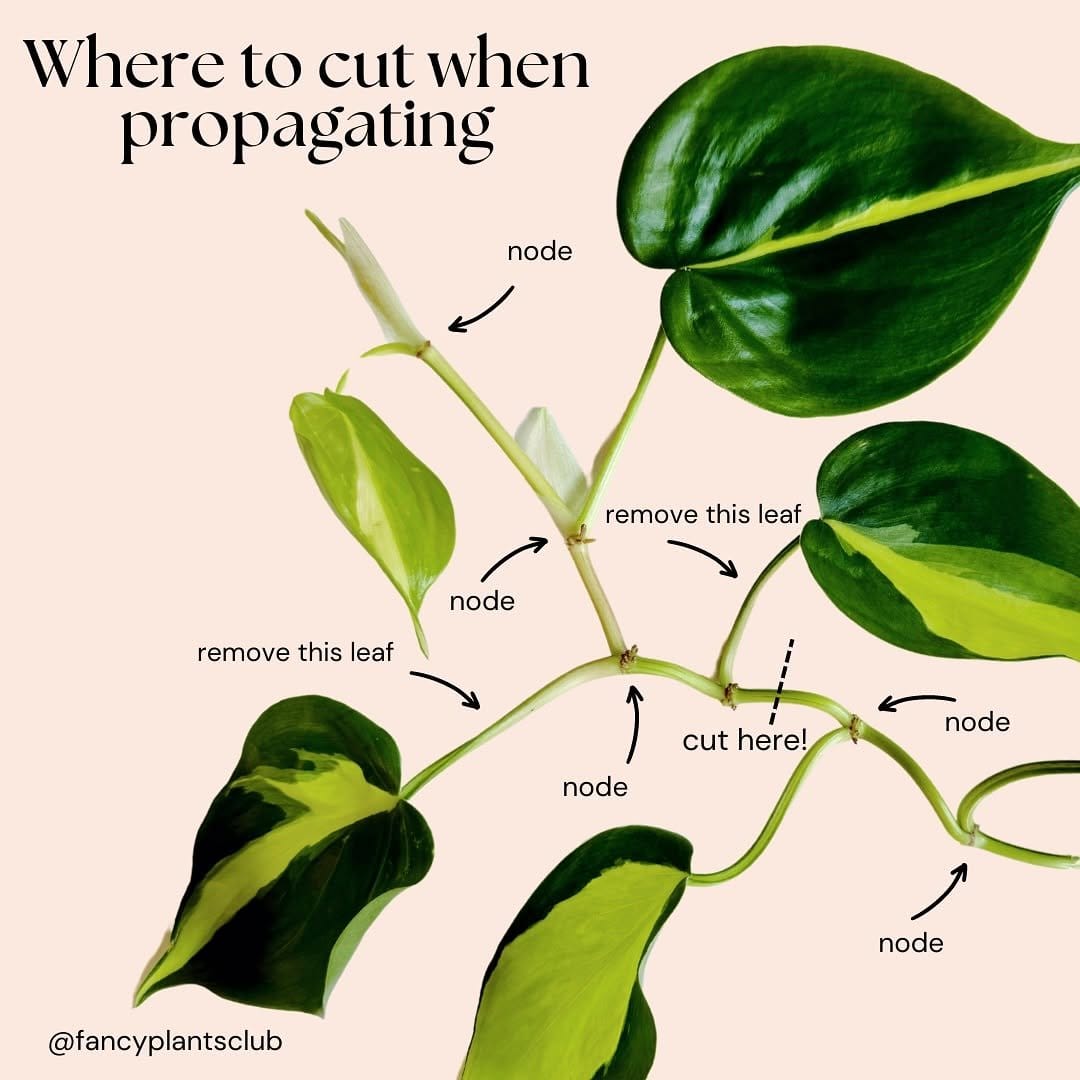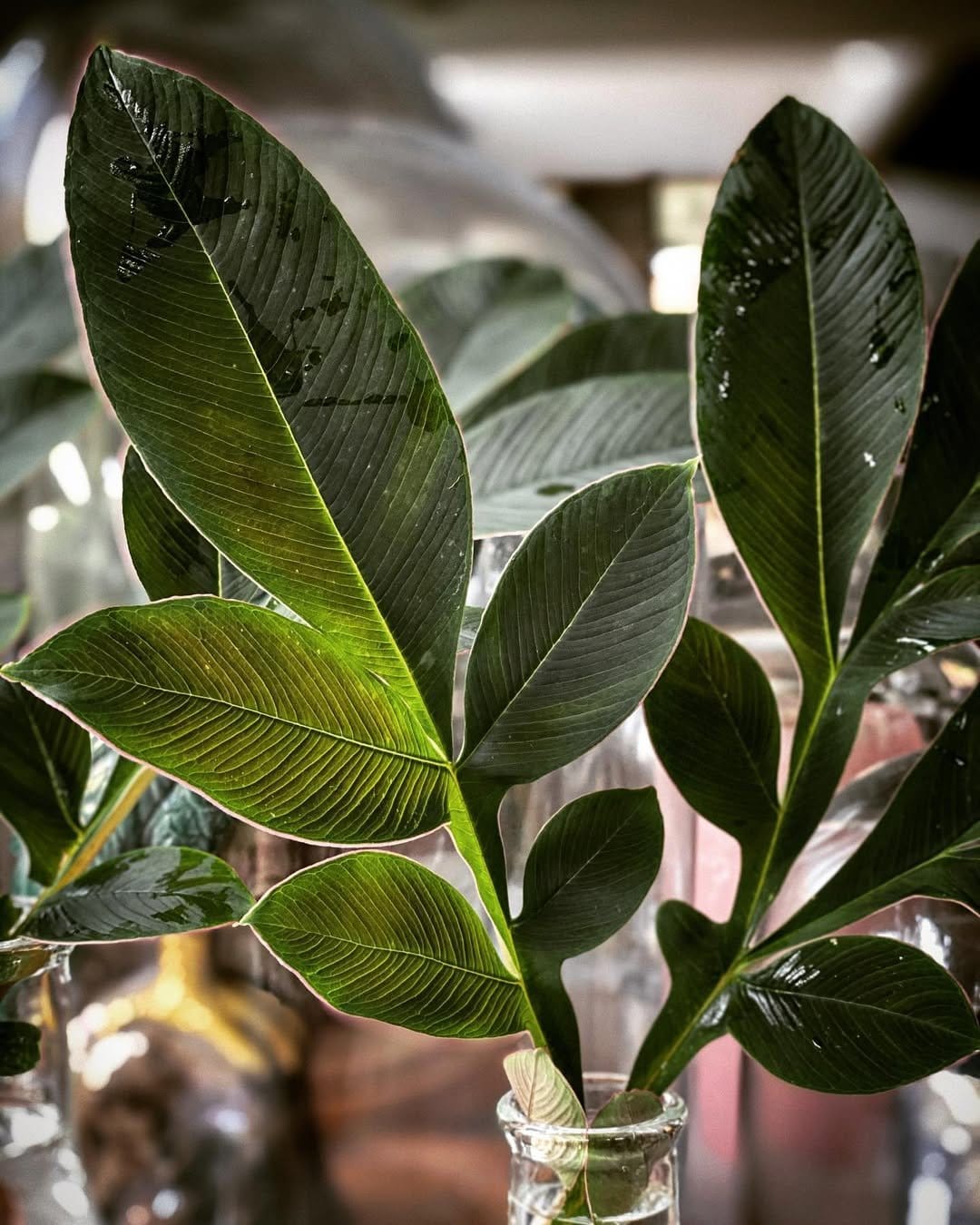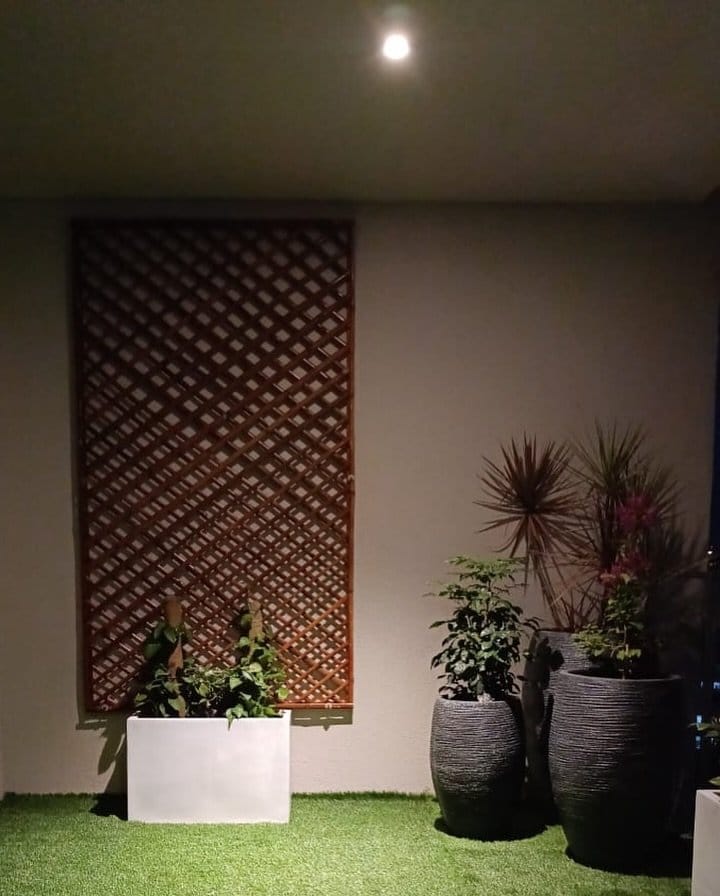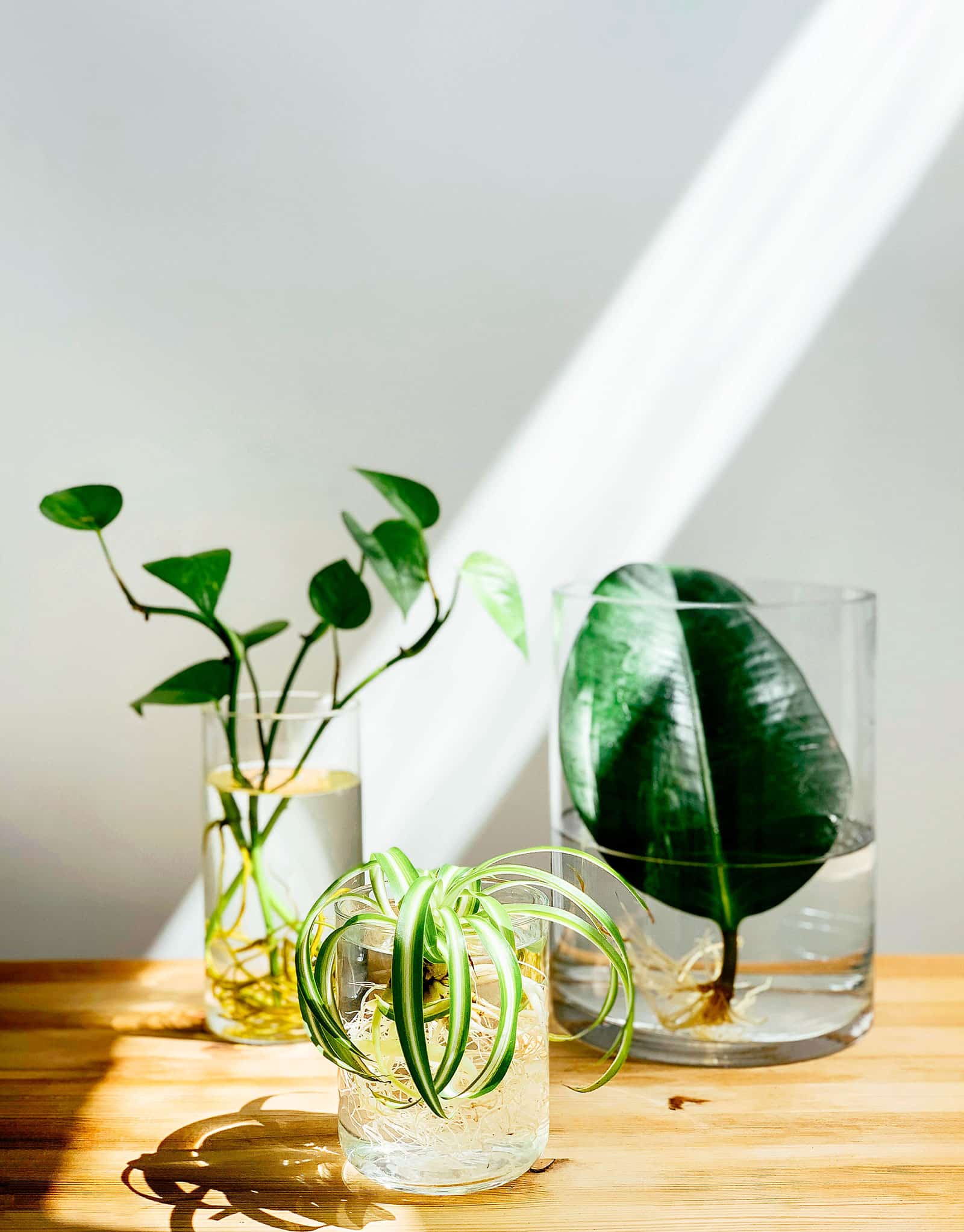Introduction
Propagating houseplants in water is a delightful way to expand your indoor jungle without spending a dime. Not only does it breathe life into your space, but watching roots emerge is a rewarding experience. Imagine your home filled with vibrant greens, where each plant represents a success story. This guide will walk you through simple steps to propagate various houseplants in water, ensuring your home stays fresh and inviting. Let's dive into the world of water propagation and transform your living space into a lush sanctuary!
1. Choosing the Right Plant for Water Propagation

Source: @wintergreyharlow_444
Not all plants are suited for water propagation, but many popular houseplants are. Pothos, philodendrons, and spider plants are excellent choices for beginners. These plants are resilient and known for producing roots quickly in water. Look for healthy, vibrant cuttings with at least one node, as this is where new roots will sprout. The simplicity of a clear glass jar not only showcases the root growth but also adds a touch of elegance to your decor.
2. Gathering Your Supplies

Source: @thinkwithus__
To begin, you'll need a few basic supplies: a sharp pair of scissors, a glass jar or bottle, and clean water. Optional items may include rooting hormone and decorative stones. Setting up a minimalist propagation station on a wooden shelf can make this process even more enjoyable, turning it into a visually pleasing practice as well.
3. Taking Healthy Cuttings

Source: @ihugplants
Select a healthy stem from your plant with at least two leaves and one node. Use sharp scissors to make a clean cut just below the node. Place the stem in a ceramic vase filled with water, ensuring the node is submerged. This step is crucial for initiating root growth and adds a fresh look to your propagating station.
4. Setting Up Your Propagation Station

Source: @alwahaestates
Choose a well-lit area away from direct sunlight to place your propagation jars. A macrame holder with trailing ivy can add a bohemian touch to your space. Ensure that the leaves are not submerged in the water to prevent rot. This setup not only supports root development but also serves as an eye-catching decor piece.
5. Changing the Water Regularly

Source: @fancyplantsclub
Water quality is vital for healthy root growth. Change the water in your jars every 5-7 days to prevent bacterial growth and keep the water clear. Fresh water ensures that your cuttings have the best chance of developing strong roots, making your propagation project a success.
6. Watching for Root Growth

Source: @takerootplants
After a few weeks, you should start to see roots forming. A close-up view of philodendron roots in a glass jar illustrates the magic happening beneath the surface. Allow the roots to grow to about 1-2 inches before considering transplantation, ensuring they're strong enough to thrive in soil.
7. Transitioning to Soil

Source: @indoorplanteden
Once roots are well-developed, it's time to transition your plant to soil. A terracotta pot with fresh potting mix will provide the perfect environment for continued growth. Ensure the plant receives indirect sunlight and regular watering, allowing it to adapt to its new home seamlessly.
8. Creating a Water Propagation Display

Source: @journeythroughparadise
For an artistic touch, arrange an eclectic mix of cuttings in vintage bottles. This creates a stunning visual display while maximizing your propagation efforts. The varying heights and shapes add character, making it a conversation piece in any room.
9. Troubleshooting Common Issues

Source: @thelecaqueen
If you notice yellowing leaves or slimy roots, it could indicate overexposure to sunlight or stagnant water. Adjust conditions by moving your cuttings to a less bright spot and refreshing the water more frequently. A modern white vase with healthy green leaves exemplifies the desired outcome.
10. Enjoying the Benefits of Water Propagation

Source: @makemygarden
Beyond expanding your plant collection, water propagation brings a sense of calm and accomplishment. Creating a serene reading nook adorned with leafy decor enhances relaxation and stress relief, showcasing the therapeutic benefits of this practice.
Final Thoughts
Propagating houseplants in water is not only a cost-effective way to grow your indoor garden but also an enriching hobby that beautifies your home. The transformation from cutting to thriving plant is a journey of patience and reward. With these steps, you'll cultivate a lush indoor oasis that reflects your love for nature and personal style. Start your water propagation adventure today and watch your home come alive with greenery!
